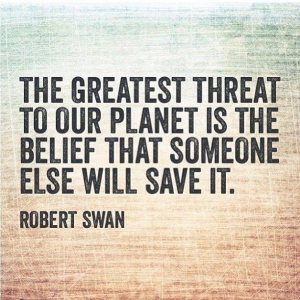I have a Senegalese friend who now lives in the USA working as an African drummer. Every morning Bara walks along the streets of Los Angeles purposely seeking a homeless person. When he finds that person, Bara reaches into his own pocket and hands out one of the few dollars he possesses.
When I ask Bara, “Why do you do that every day?” his answer is simple.
“I have to,” he says.
Tithing or sharing the ‘wealth’ (even when you are not wealthy) is a cultural expectation among everyone I have ever known from Africa.
Americans are also generous. We are one of the most philanthropic of all nations. That’s a great thing but what I find surprising is most of the money given to charity does not come from the people who have the most wealth.
My friend Lynn Twist, author of The Soul of Money would not be surprised by Bara’s actions. She says that the majority of the donations come in small amounts – one, ten, fifty dollars – from people with the least amount of wealth because giving, on any level, feels good.
Another surprising fact is only 2 cents of every American donor’s dollar goes to donating to animal charities. This tiny amount includes gifts to humane societies, zoos and climate change organizations.
Yet now, more than ever, our generosity is required by organizations saving wildlife and wild places. Scientists say we are entering the sixth mass extinction event, losing more species at a faster rate than at any time in human history. (That fact was the catalyst for my both my books – Saving Wild: Inspiration From 50 Leading Conservationists. and Wild Lives.
In the forty-plus years I’ve been working with wildlife non-governmental organizations I’ve never experienced such an important and pressing time for donating to animal charities.
Donating to Animal Charities is not always effective.
For instance, how do you know which organizations you donate to are successful in saving wildlife? How do you know they aren’t wasting your money? Charity Navigator tells only part of the story of the organizations it covers, and those organizations are based only in the USA.
I’ve made it easy for you for donating to animal charities by finding some of the best, most effective non-government organizations (NGO’s).
You can check out my list of my favorite 40 organizations saving wildlife and wild places across the world. All are highly respected NGO’s in their field. Many I have worked with, and donated to personally and/or through Saving Wild.
Never doubt that you are needed. It’s not enough to share shocking Facebook photos. They fuel the appalling side of conservation. Rather, it’s important to focus on the positives. To get engaged. To support wildlife NGO’s by donating and becoming active and involved with them.

The simplest way of donating to animal charities –
Let SavingWild vet the organizations for you and put your generous gifts where they are needed most.
Donate to SavingWild.com and I will pool your money with other generous donors and divide it among favorite wildlife NGO’s that are the best at helping animals.
No amount is too small. Give yourself the gift of giving and quit wasting your generosity.
Donating to Animal Charities could not be easier. Use this link to make your donation through SavingWild now:
3 Replies to “Donating for Wildlife: What you Need to Know”
Comments are closed.


Lori u should start a campaign to aware peolpe about conservation in India and other biodiversed nations.
HI Akash, that is a great idea. I would be happy to help you in anyway I can with Saving Wild. You are there and much more on top of the issues facing India’s wildlife than I am so go for it.
So glad to see you announced your book!